I wrote this book review for the previous (Spring 2009) issue of Alchemy Journal, the theme of which was “The Alchemical Feminine,” but due to space limitations the editor said he was keeping it on file until the Fall issue, but it didn't make the cut there either. Hmmmmph! So I'll stick it on the Magpie.
 We Three or Three Such As We
We Three or Three Such As WeBy Judith Rasoletti and Emile Lancée
LeesMijnBoek, 2008, 217 pp., 32.50EUR
(no ISBN)
The authors of the books we read – any books – presumably are professionals motivated by not only experience and knowledge of their subjects, but also hopefully a love for the same. In this particular book, we have it all.
This book’s subject is one that most Freemasons do not hear discussed with much accuracy or kindness: women in Masonry. Co-authors Judith Rasoletti and Emile Lancée have mixed together a trilogy of biographies with vivid descriptions of Freemasonry’s rituals, symbols and teachings. (And frankly we don’t hear those three subjects discussed regularly in most lodges either!)
The biographical subjects are Aimée Bothwell-Gosse, Marjorie Cecily Debenham, and Charlotte Jones. Not household names, and not found in Masonic reference books, but what makes their stories memorable is one night in 1949 at Lodge Castalia in Yorkshire. Jones, a widowed mother of two, was to be initiated; Debenham served as Worshipful Master; and Bothwell-Gosse, founder of the lodge, was seated with the dignitaries in the East. No one could have known it, but in time, these women and others will have built two “co-ed” Masonic jurisdictions in Great Britain and one international organization.
There are other actors who set this stage earlier. The book tells how Elizabeth St. Leger was initiated in a regular lodge in Ireland in 1712. Annie Besant entered Masonry in the French Co-Masonic circles at the fin de siècle. Maria Deraismes was a suffragette with a reputation for writing, oratory and political organizing who was initiated by a French lodge that suffered suspension by its grand lodge in retribution. These names do appear in popular Masonic references and other books. Before proceeding, it also must be noted that the United Grand Lodge of England acknowledged (not to be confused with recognized) Masonry for women. In a statement published more than a decade ago, UGLE explained how two grand lodges in Britain that admit women are “otherwise regular in their practice,” and while inter-visitation is not possible, discussions do take place between UGLE and the women Masons “on matters of mutual concern.” So we’re not talking about science fiction here. Furthermore, please know that co-author Rasoletti delivered a paper of these three biographies at the Second International Conference on the History of Freemasonry in Scotland last May.
As regards the symbolism of Masonry explained in this book, the authors let their biographical subjects do the talking. The results are splendid. Freemasonry is described glowingly, respectfully, as a cultural institution that advances moral truths and psychological understandings. This is the European model at labor – not a raffle ticket nor bowl of chili to be found. Big ideas are topics in lodges from the beginning of the Masonic journey. The Entered Apprentice does not Pass to Fellowcraft until he/she presents a “Piece of Architecture” to the lodge. In other words, the new Mason authors a paper demonstrating an understanding of a symbol. It repeats after the Fellowcraft Degree, and throughout the Mason’s career after the MM° and beyond. In fact, this very book is dedicated as a Piece of Architecture.
Marjorie Cecily Debenham, who would rise to become Grand Commander of her jurisdiction, the Order of Ancient, Free and Accepted Masonry for Men and Women, says this of Working Tools (in language that perhaps Alchemists can appreciate):
Now the journey continues, which for the Mason is a constant attempt to polish his stone, that Rough Ashlar which needs attention day and night. Masons polish the roughness with their Working Tools, the Chisel and the Mallet, alternating between the active and passive poles of their personality. The hidden aspects of their psyche are revealed with each blow of the mallet, chiseling another fine line that can be incisive or divisive, or smoothing, just as the relationships in their lives out there mirror the progress in here.
Those two sentences are but a tiny clue of how Freemasonry is regarded by Masons in some jurisdictions the mainstream does not recognize. I don’t want to turn a book review into a “their way is better” essay, but the differences between the two systems are very significant. Mainstream Masons attempt to memorize and recite 18th century prose, while the Masons in this book themselves speak in style and content worthy of ritual use.
In keeping with the theme (The Alchemical Feminine) of this issue of Alchemy Journal, I must relate the bold thinking behind Chapter 5, titled ‘Mixed Masonry Worldwide: Blueprint for the Future.’ An essay within, written by Maarten Zweers, says:
We really need the woman’s spiritual as well as concrete input from the feminine point of view to avoid missing the connection with the new time we live in and falling into the pitfall of non-fertile rigid thinking.
This aspect is much more fundamental than men realize. The bigger dramatic works that describe the transfer from the old to the new culture, they all point in the direction of the rescue of the masculine by the feminine. Countless plays by Shakespeare, Goethe, Beethoven’s ‘Fidelio,’ works of Wagner, Von Hofmannsthal and Richard Strauss, everywhere the male gets stuck at the end because of the old cultural habits. The relief comes from the feminine world. The petrifaction of the masculine that loses all creativity and power to act manifests itself to a terrifying degree in our society and the masculine Lodges.
The back of the book provides several very useful appendices, listing timelines that quickly chart the histories of the several feminine and mixed Masonic obediences that comprise the historical aspects of the book.
Honorable Fraternity of Antient Masonry (HFAM), founded in 1904, which became the Order of Women Freemasons in 1958.
Honorable Fraternity of Ancient Freemasons (HFAF), founded in 1913
The Order of Ancient Free and Accepted Masonry for Men and Women (AFAM), founded in 1925.
The Order of Ancient Free Masonry for Men and Women (AFMM&W), founded in 1979. Its first Grand Master was Charlotte Jones, formerly of AFAM.
Little information about these organizations is available outside the organizations themselves, and this book could have done the valuable service of shedding more light. For example, the departure of Jones from AFAM that led to the creation of AFMM&W is glossed over as just a typical splintering that “seems to happen so often in Freemasonry.” The reader is told only that Jones and several other members left AFAM over a disagreement concerning “a constitutional matter dealing with secret ballots that was seriously mishandled.” The reader can pardon the authors for protecting privacy, but the reader also has cause to wonder if candor and objectivity are possible when an author is personally involved with the subject.
There are other flaws in this book, but most are stylistic. First is the layout. In short, this book looks like it was designed in Microsoft Word with margins that are too wide. The typeface is a sans serif that implies a levity that this serious work does not deserve. There are plenty of terrific graphics, but captions are absent, and space is wasted by the huge margins surrounding them. The Introduction explains the captions are found in the back of the book to prevent distraction from the illustrations, and yet these illustrations are frustratingly small, again due to the layout, which defeats the purpose of isolating many of them.
On the editorial side, 16 pages are devoted to a facsimile of Bothwell-Gosse’s ‘A Short Sketch of the Ancient and Accepted Scottish Rite,’ when instead the text could have been typeset efficiently so that space could be devoted to other purposes. In addition, a poor choice was made to allow many repeated uses of the Masonic punctuation called the triple period. This triangle of dots appears on many official and ceremonial Masonic documents. It is distracting in this book. For example, twice on page 135 the title “Most Illustrious Brother” is presented as an abbreviation that actually mutates the triple period, and it’s not a matter of secrecy because the abbreviations guide in the back of the book decodes it all. A simple style would have benefited the reader, or at least this one.
We Three or Three Such as We is, on the whole, an important book because it tells of people and events in Freemasonry that are little known. The stories of these women and their lodges deserve to be recorded and read and understood, and hopefully one day embraced as a standard part of the endlessly diverse story of Freemasonry.






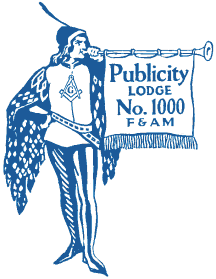

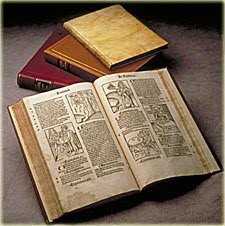


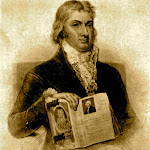




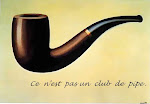



















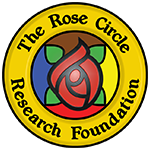

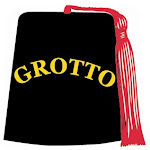








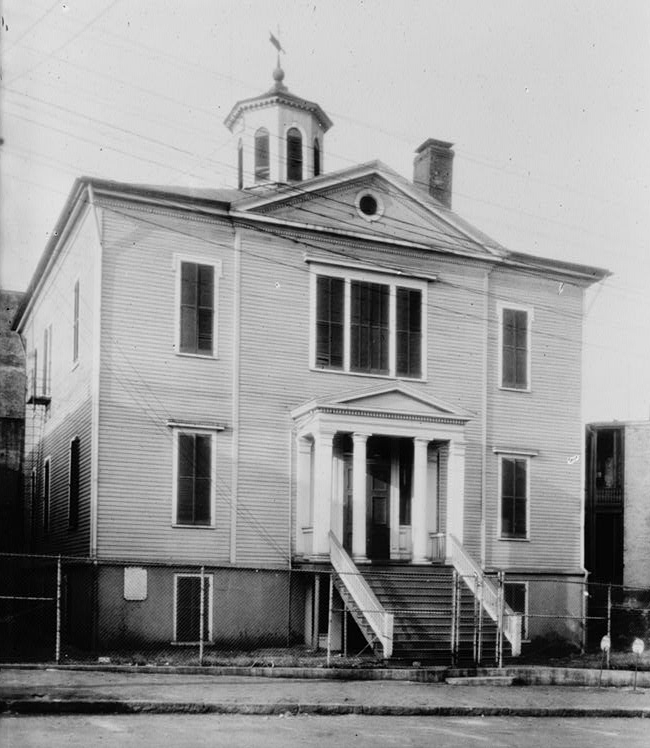
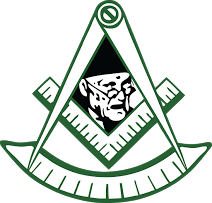
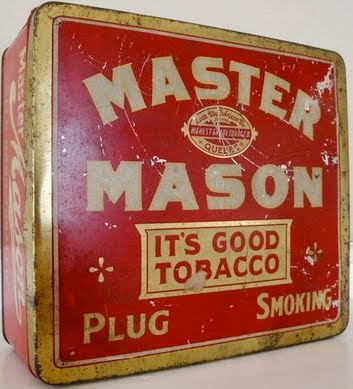



No comments:
Post a Comment